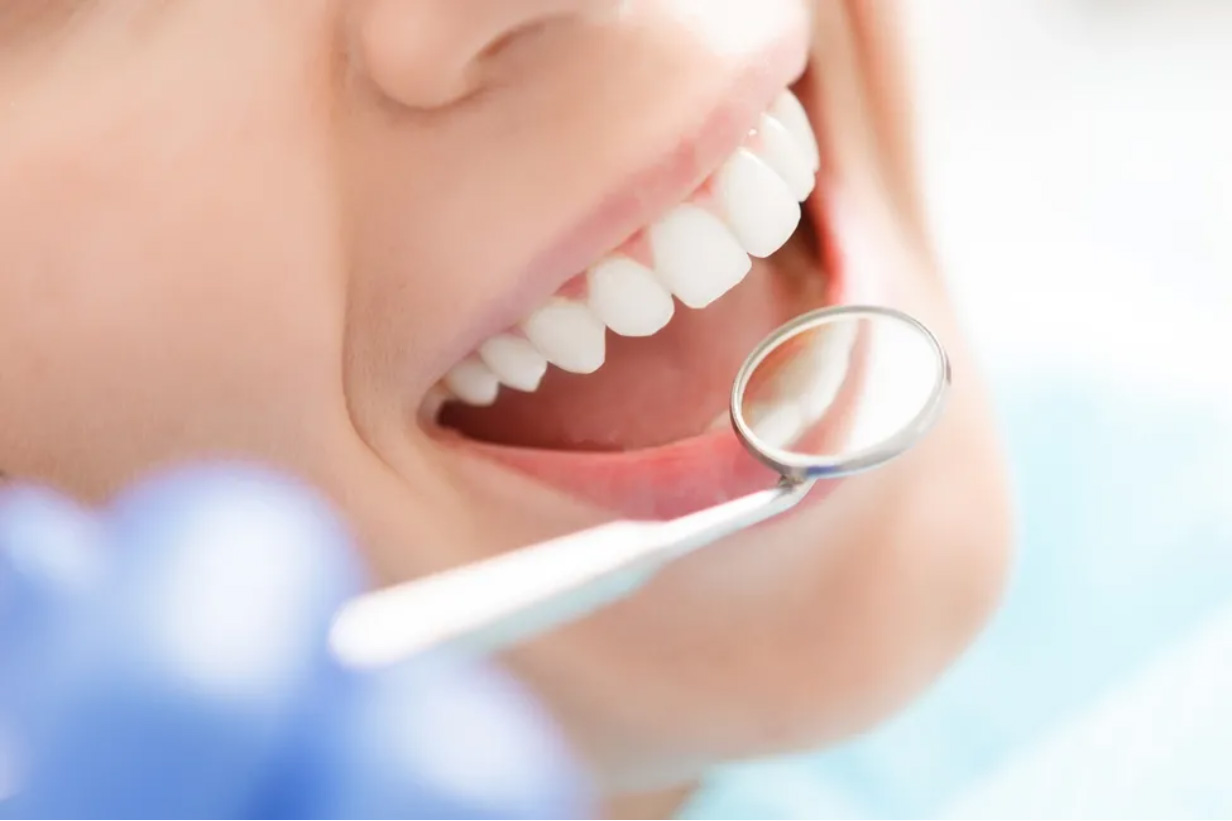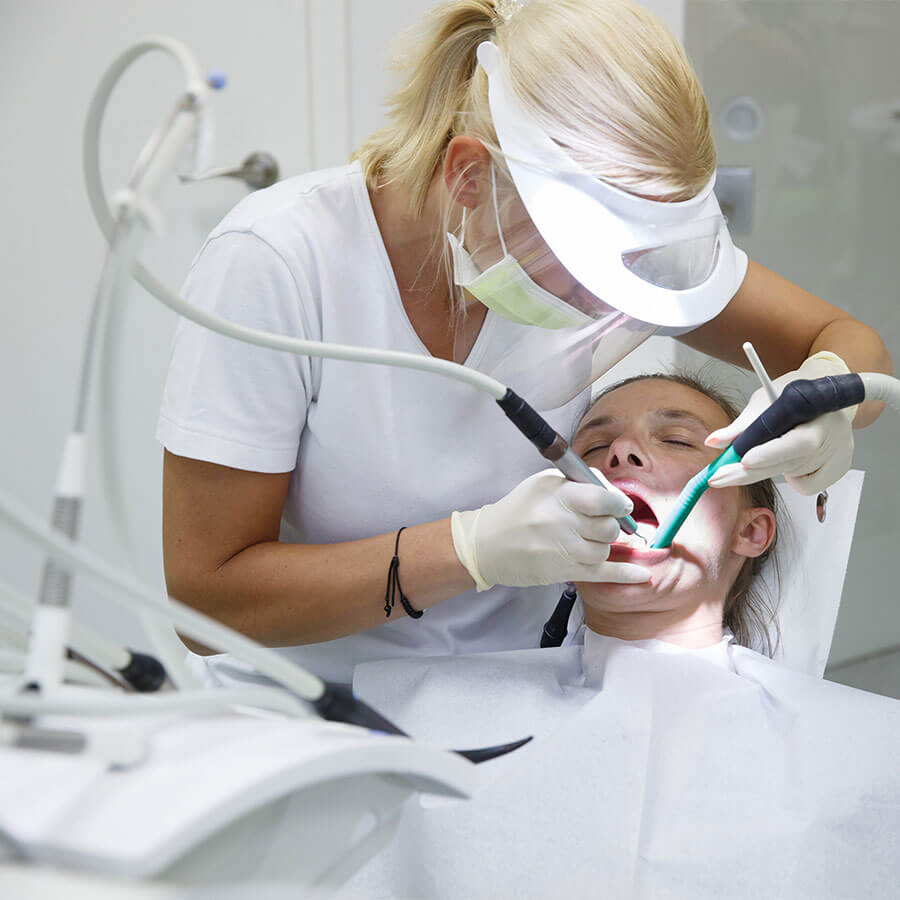Is sedation dentistry the right choice for you?
Many people have a severe fear of dental procedures. They worry about the possibility of suffering from pain, feeling vulnerable and experiencing discomfort. Sedation dentistry aims to help patients with such fears and anxieties. By allowing you to feel relaxed, sedation allows for you to go forward with the procedures that are needed for maintaining your oral health, such as root canals, tooth extractions, dental implants and dental cleanings. Don’t let your fears stop you from making the right decisions for your health.

